Warning: The following article covers violent crime and sexual assault. Please read with caution.
In the chronicles of criminal history, specific cases emerge, leaving an indelible mark due to their shocking brutality and the profound depths of human depravity they bring to light. One such case that sent shivers down the spines of Canadians and beyond is that of Bruce McArthur, infamously dubbed the “Santa Claus Killer.”
Behind the jovial facade of a man who portrayed Santa Claus during festive seasons, McArthur harbored a sinister secret – a secret that would unravel a series of heinous crimes that would shock a nation.
Bruce McArthur, born on October 8, 1951, in Lindsay, Ontario, appeared to lead a relatively ordinary life in his early years. He married his wife, Janice Campbell, in 1971, and the couple had two children. McArthur worked as a traveling salesman, selling merchandise related to the fashion and retail industry. However, beneath this conventional life, a darker side of McArthur was beginning to emerge.
The warning signs

It was during the late 1990s that reports of McArthur’s escalating violence started to surface. His marriage ended in 1997, and by the early 2000s, McArthur’s life took a turn for the worse as he faced multiple assault charges and underwent counseling for anger management issues. Little did anyone suspect that these warning signs were mere glimpses into the malevolent nature that would come to define McArthur in the years to come.
One of the most unsettling aspects of Bruce McArthur’s crimes was the stark contrast between his public persona and the horrors he committed in private. McArthur, with his portly figure and white beard, became a familiar face in the Toronto community as he donned the iconic red suit to portray Santa Claus during Christmas events and parades. The incongruity between the joyful figure he portrayed and the darkness within made his case particularly disturbing.
His murders
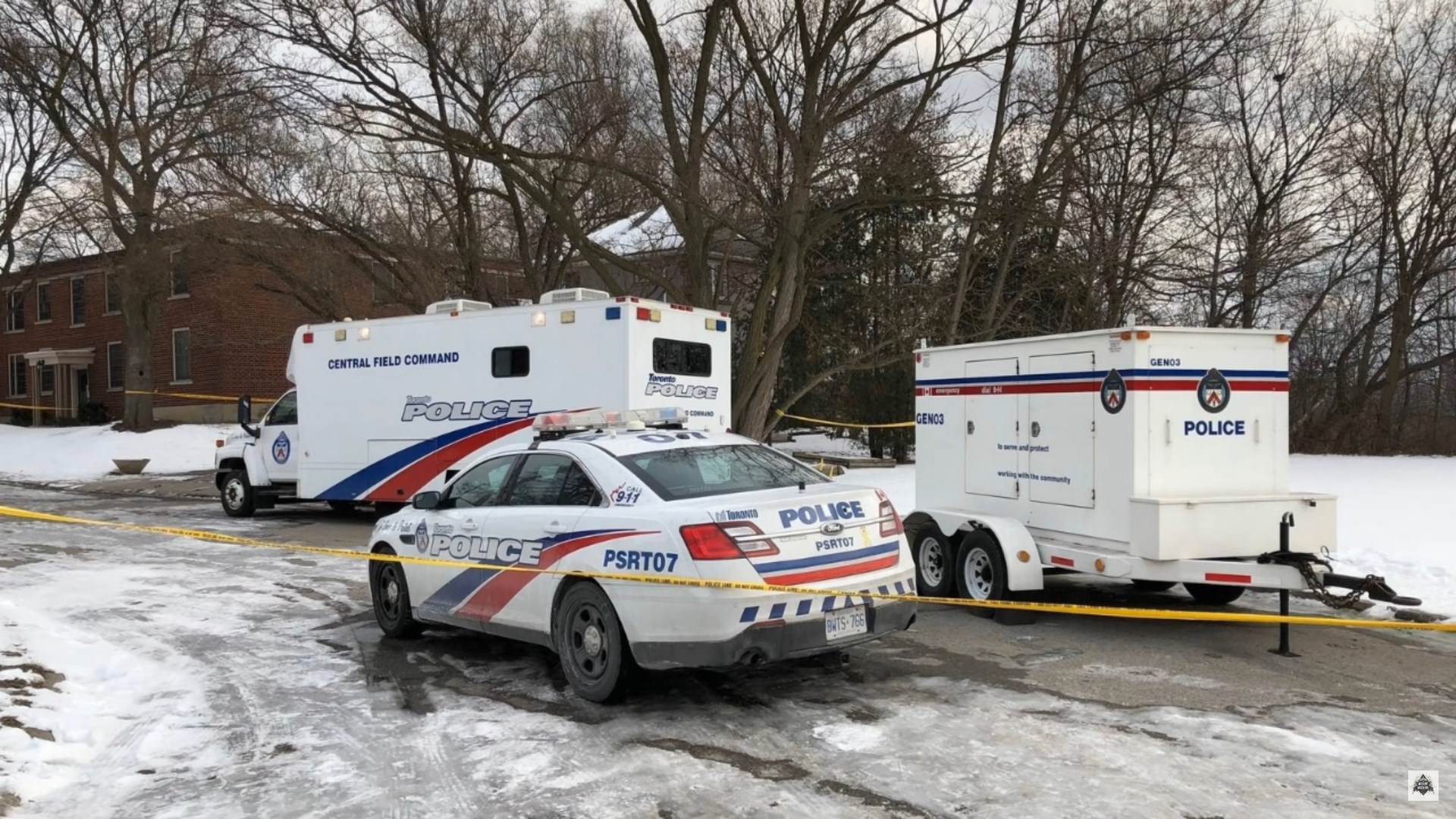
As McArthur portrayed Santa Claus for public amusement, he was concealing a gruesome secret behind closed doors. His crimes began to surface in 2017 when investigators uncovered evidence linking him to the disappearances of several men from Toronto’s LGBTQ+ community who were reported missing between 2010 and 2017.
The Toronto Police Service launched a dedicated task force, Project Prism, to investigate the mysterious disappearances. The breakthrough in the case came when police discovered a connection between McArthur and two of the missing men, Andrew Kinsman and Selim Esen, who had been in contact with McArthur prior to their disappearances.
As the investigation deepened, the police executed a search warrant at McArthur’s apartment in Toronto’s Thorncliffe Park neighborhood in January 2018. The search revealed a gruesome scene – evidence of McArthur’s heinous acts that would send shockwaves through the nation.
Hidden within the meticulously landscaped planters on the property, investigators unearthed human remains – a grisly testament to the horror that unfolded within the walls of McArthur’s residence. The remains were later identified as belonging to several missing men, including Kinsman and Esen.
Forensic examinations and extensive searches expanded to other locations associated with McArthur, revealing a pattern of dismemberment and disposal of human remains. The extent of the crimes sent shockwaves through Toronto and raised questions about how a man who had played Santa Claus could be capable of such unspeakable acts.
The victims
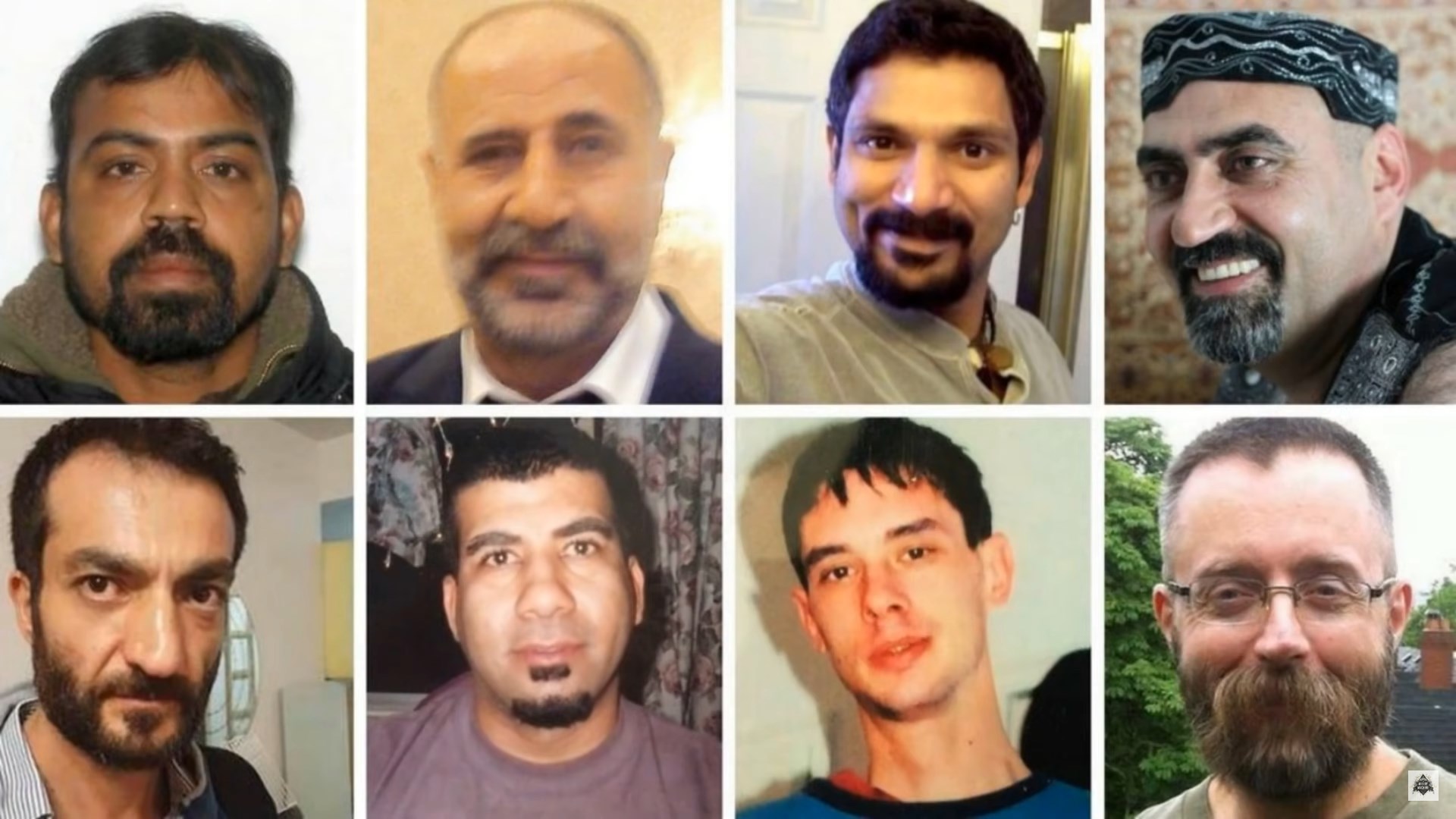
The victims of Bruce McArthur’s crimes were predominantly members of Toronto’s LGBTQ+ community, with many of them having ties to the Gay Village. The names of the victims we know of are, Andrew Kinsman, Selim Esen, Majeed Kayhan, Soroush Mahmudi, Dean Lisowick, Skandaraj Navaratnam, Abdulbasir Faizi, Kirushna Kumar Kanagaratnam, and Andrew Kinsman.
In reference to the question of whether there are more victims, Lead Detective Inspector Hank Idsinga said:
“There are quite a few cold cases. We are still not quite done reviewing those, but we are getting close to the end. So far, we have no evidence to link Mr. McArthur to any of those cases.”
The arrest and subsequent revelations about McArthur’s crimes had a profound impact on Toronto’s LGBTQ+ community. Many felt a deep sense of betrayal and fear as they grappled with the fact that someone who appeared to be a part of their community was responsible for such heinous acts. It also led to discussions about the safety and vulnerabilities faced by marginalized communities, sparking a broader conversation about the need for increased awareness and protection.
The impact on the community

Bruce McArthur faced multiple charges, including first-degree murder, in connection with the deaths of the eight known victims. In January 2019, he pleaded guilty to all charges, avoiding a lengthy trial that would have further traumatized the victims’ families and the community at large.
On February 8, 2019, Justice John McMahon sentenced Bruce McArthur to life in prison without the possibility of parole for 25 years. While the sentence brought a sense of closure to the legal proceedings, it could not erase the deep scars left by McArthur’s crimes on the victims’ families and the community.
Nicole Borthwick, a friend of three of McArthur’s victims stated:
“I’m not happy with it, not happy at all with it. Losing three friends and killing eight victims and having a life sentence — it’s still not enough for the community. The community has gone through so much pain … There is no closure, there is no grace, this community is broken and it’s going to be broken for a long, long time.”
Toronto Mayor John Tory said:
“It is my hope that he will never again know freedom and that this sentence begins the difficult journey of delivering justice to the victims of these crimes, their friends and families, our LGBTQ community and our entire city.”
As the communities affected by McArthur’s crimes continue to heal, the case stands as a testament to the importance of vigilance and support for marginalized communities. It prompts us to reflect on the need for increased awareness, empathy, and understanding to prevent such tragedies in the future. The scars left by the Santa Claus Killer may never fully fade, but the resilience of the community and the pursuit of justice offer a glimmer of hope for a safer and more compassionate society.
If you know someone suffering from sexual violence, contact RAINN or the National Sexual Abuse Telephone Hotline at 1-800-656-4673.

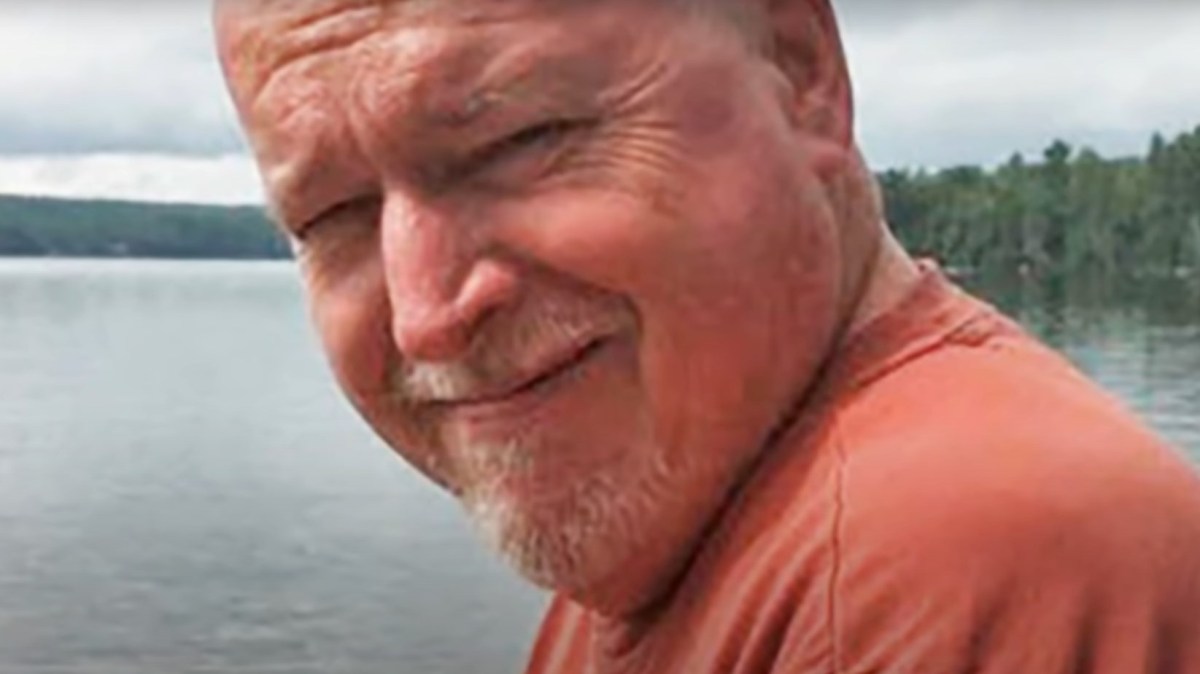


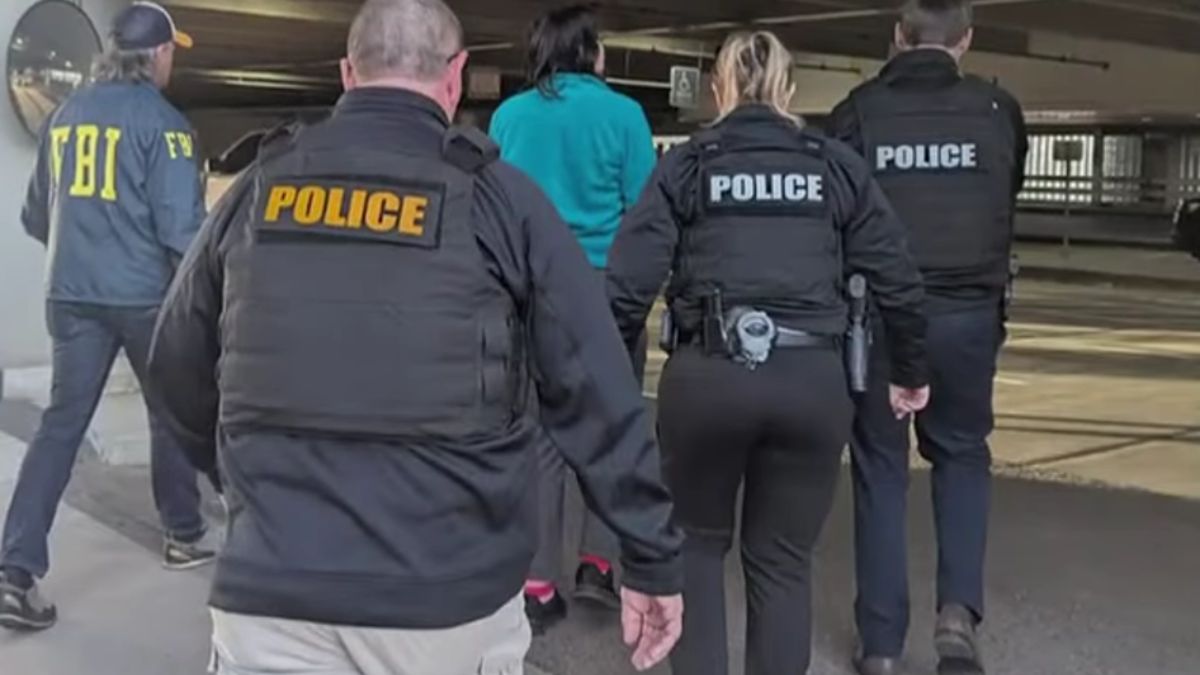
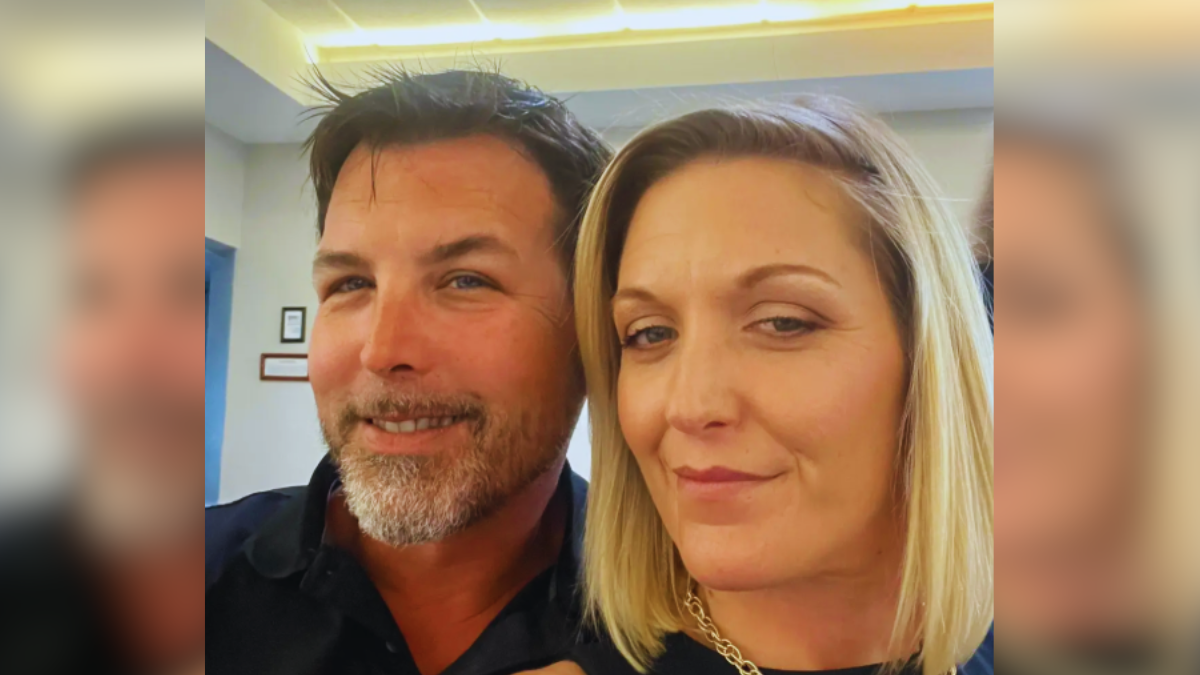
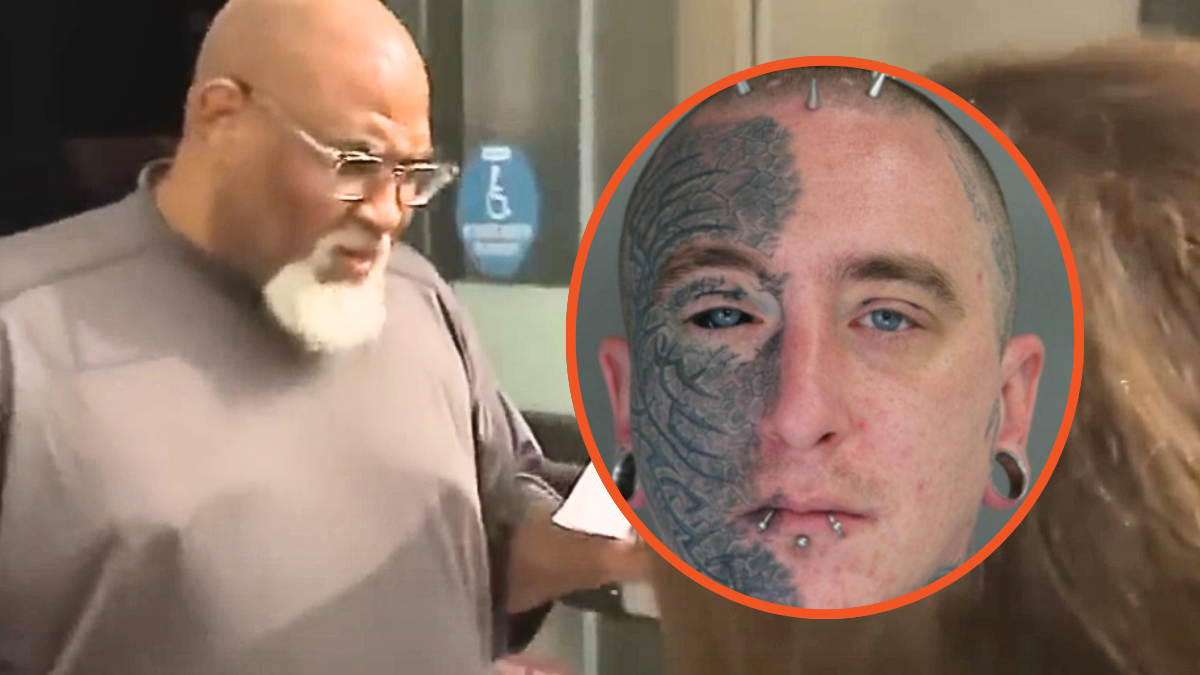
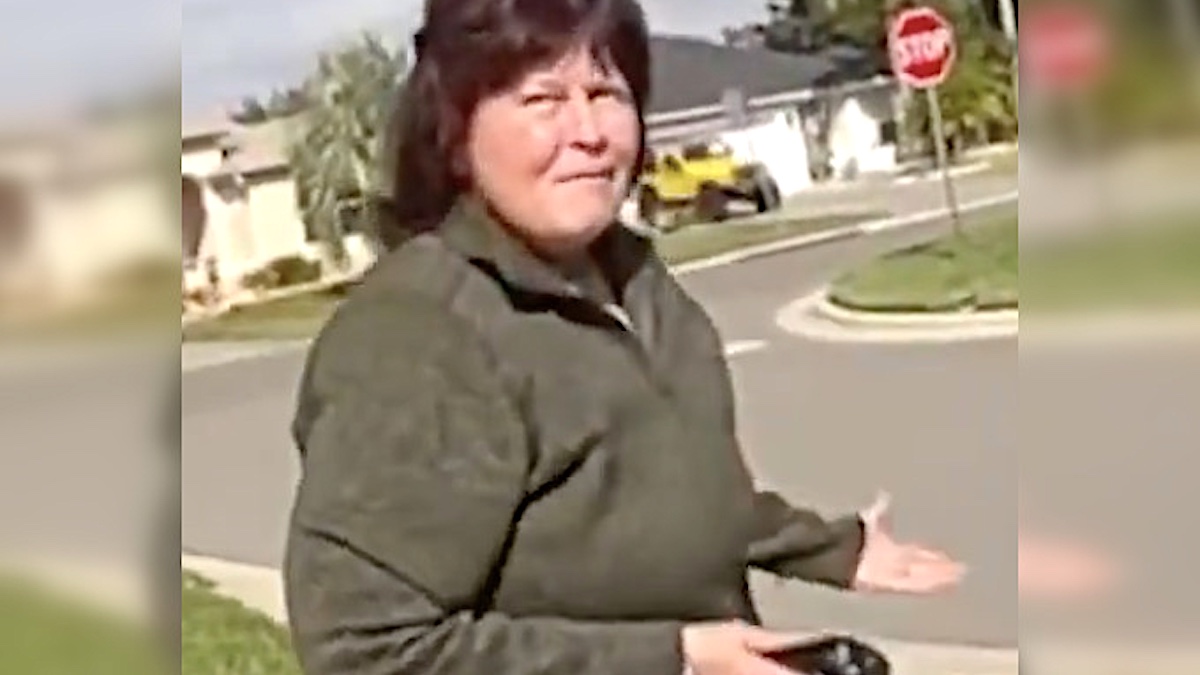



Published: Nov 27, 2023 06:07 am